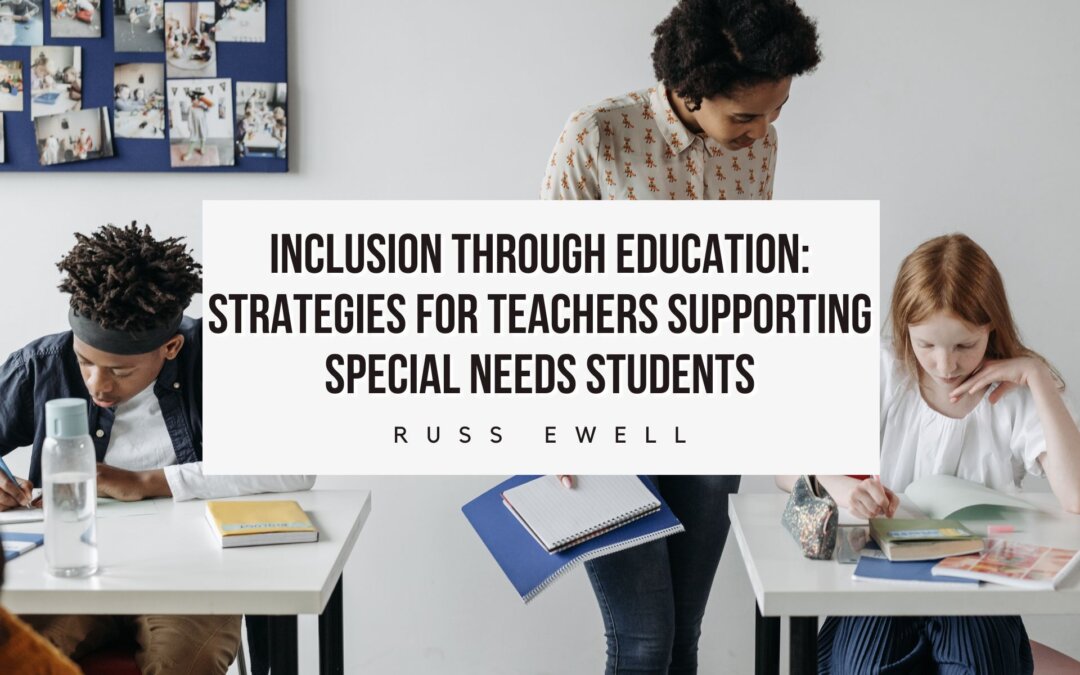The idea of inclusion through education is gaining significant recognition in today’s educational landscape. It’s all about creating an environment where students with diverse learning needs, including those with disabilities, thrive alongside their peers. Inclusive education is more than just a concept; it’s a philosophy that fosters the belief that every student, regardless of their challenges, is capable of success. So, let’s explore the purpose of special education and some practical strategies for teachers to support special needs students in inclusive classrooms.
The Purpose of Special Education:
Special education is a deliberate approach to help students with learning disabilities overcome obstacles that hinder their understanding of concepts. There are three main types of special education interventions:
1. Preventive Interventions: These interventions aim to prevent or reduce identified conditions. For example, maintaining a specific schedule can help prevent manic episodes in students with bipolar disorder.
2. Remedial Interventions: The goal here is to equip students with the skills they need to function independently. For instance, teaching students with ADHD strategies for better task initiation.
3. Compensatory Interventions: These involve providing special tools or devices that non-disabled children do not require. For example, a phonetic spelling software can assist a child with autism in writing.
Benefits of Inclusive Classrooms:
Inclusive education offers a multitude of benefits for all students involved. It can lead to:
• Greater academic gains in subjects like literacy, math, and social studies.
• Improved communication and social skills.
• Reduced absences and disruptive behavior.
• Increased motivation to learn and work collaboratively.
Research indicates that students without special needs also benefit from learning alongside their peers with disabilities. They develop both cognitive and social abilities by having new learning opportunities emerge. For instance, acting as a peer coach can enhance the academic performance of students without special needs as they help others learn.
Adapting Teaching Strategies for Special Needs Students:
Teachers can play a pivotal role in fostering inclusion through education. Here are some practical strategies:
• Set Clear Expectations: Discuss learning and behavioral expectations with students. Let them know what they will learn, how long activities will take, and how they should behave during lessons.
• Provide Advance Schedules: Share the lesson plan in advance, ensuring everyone is on the same page. This helps students prepare for the day’s activities.
• Clarify Material Requirements: Specify the materials needed for each lesson to ensure that students come prepared.
Creating an Inclusive Classroom:
When developing inclusive classrooms, it’s essential to review each student’s Individual Education Plan (IEP). Tailor your strategies based on the type of disability a student has. Every student is unique, and their needs should be addressed individually.
Inclusion through education is a powerful concept that benefits students of all abilities. With clear expectations, effective teaching strategies, and a commitment to understanding each student’s unique needs, teachers can create inclusive classrooms where every student has the opportunity to reach their full potential. Inclusive education is not just an idea; it’s a reality that enriches the educational experience for everyone involved.

